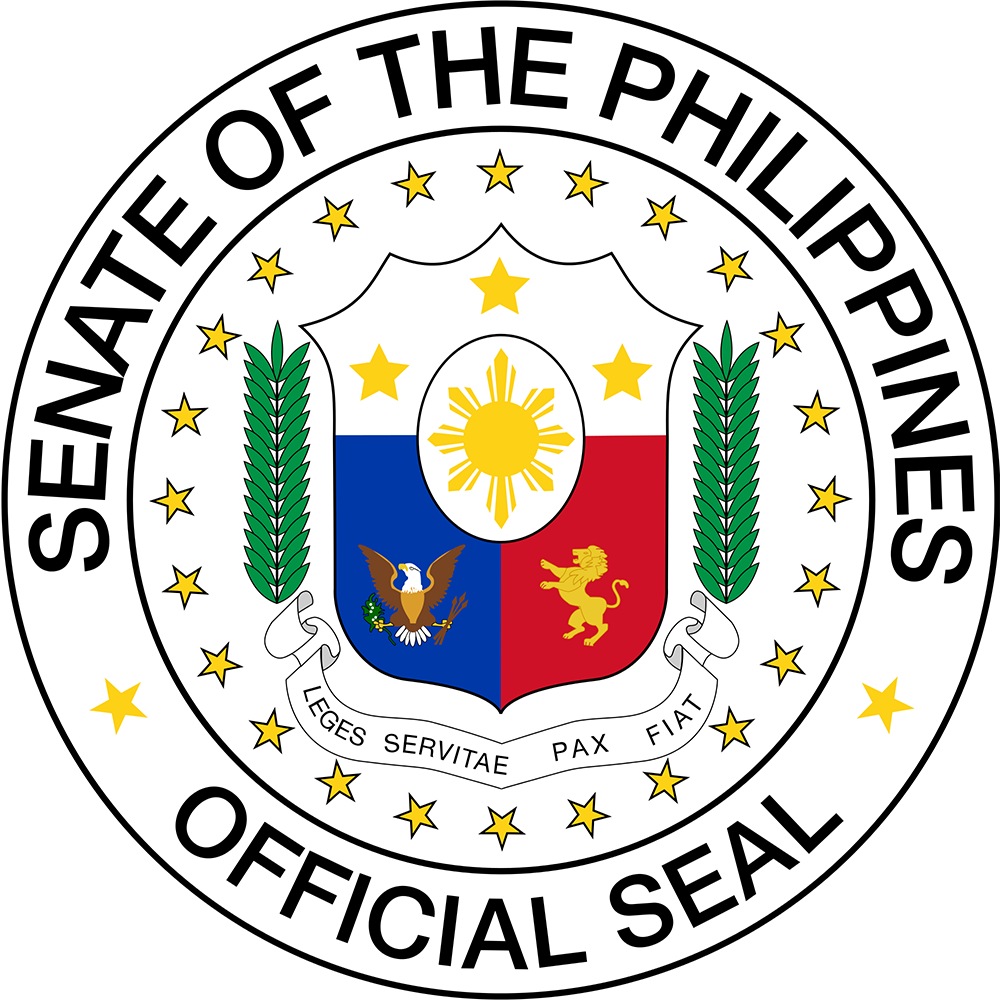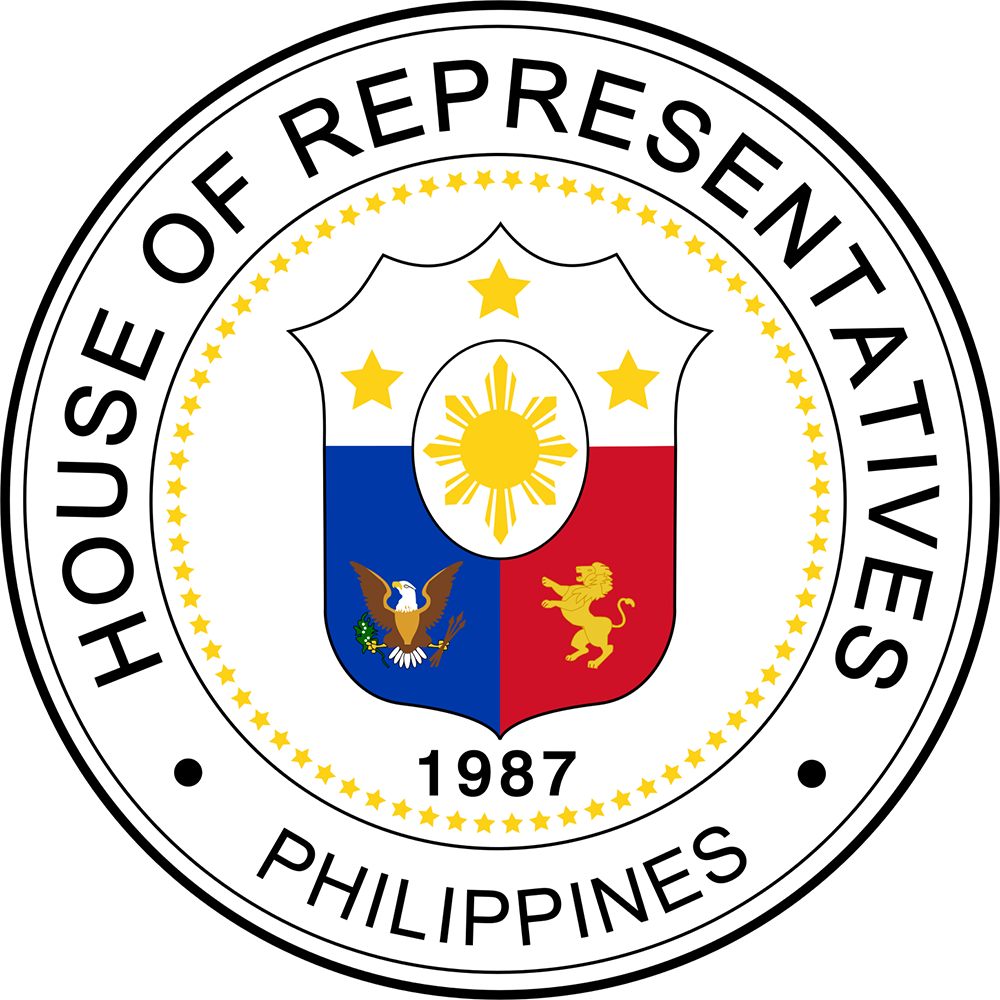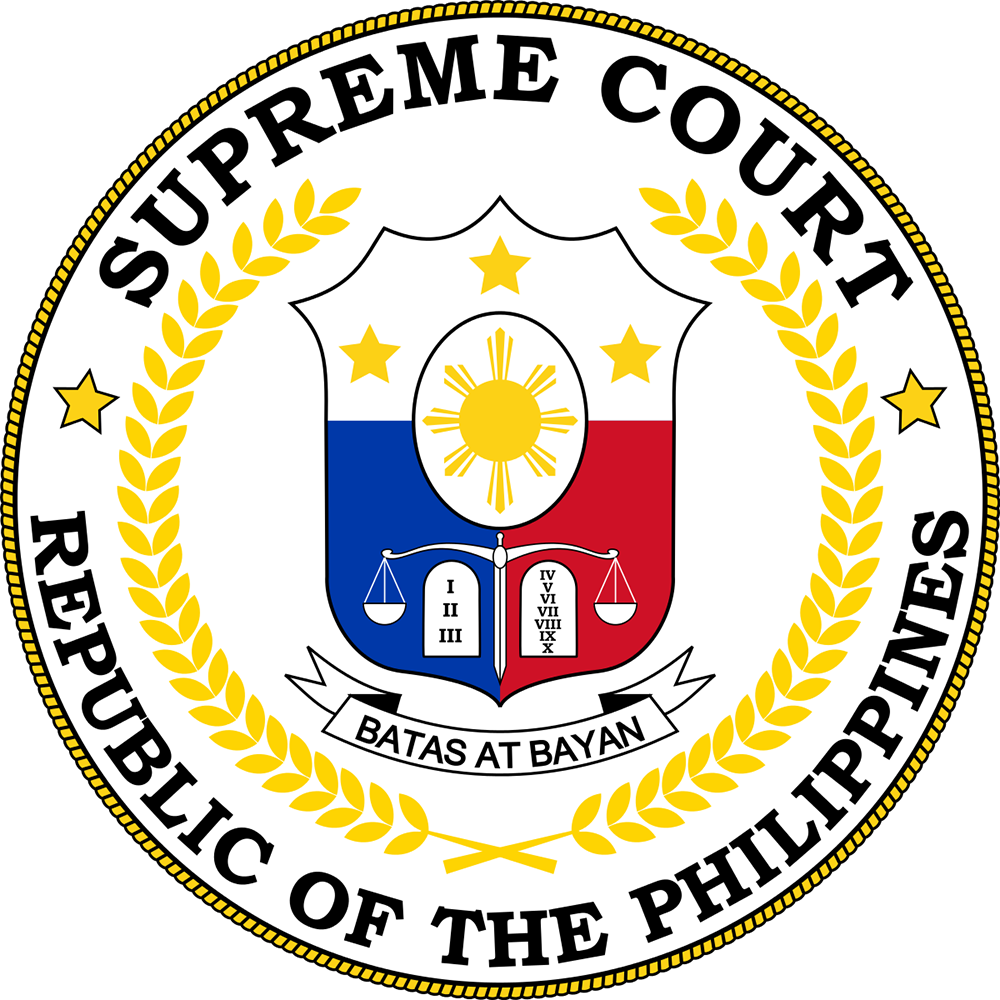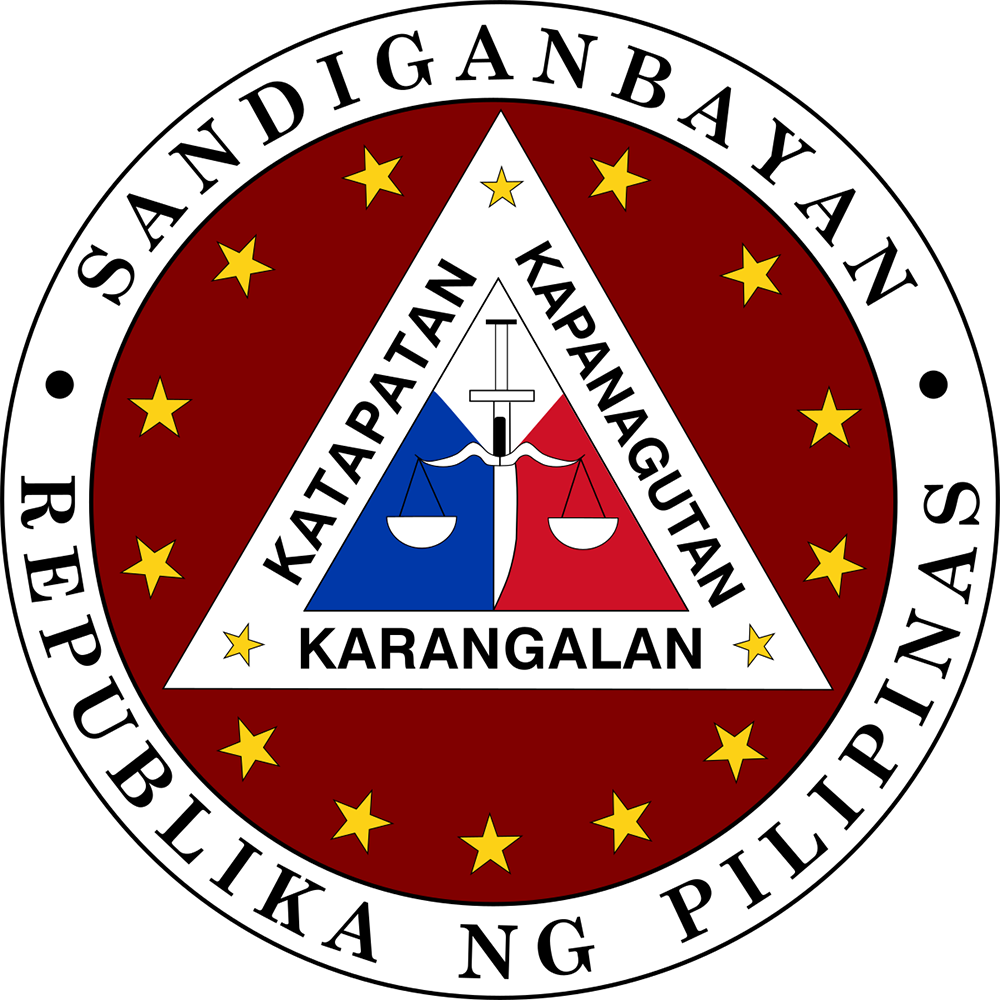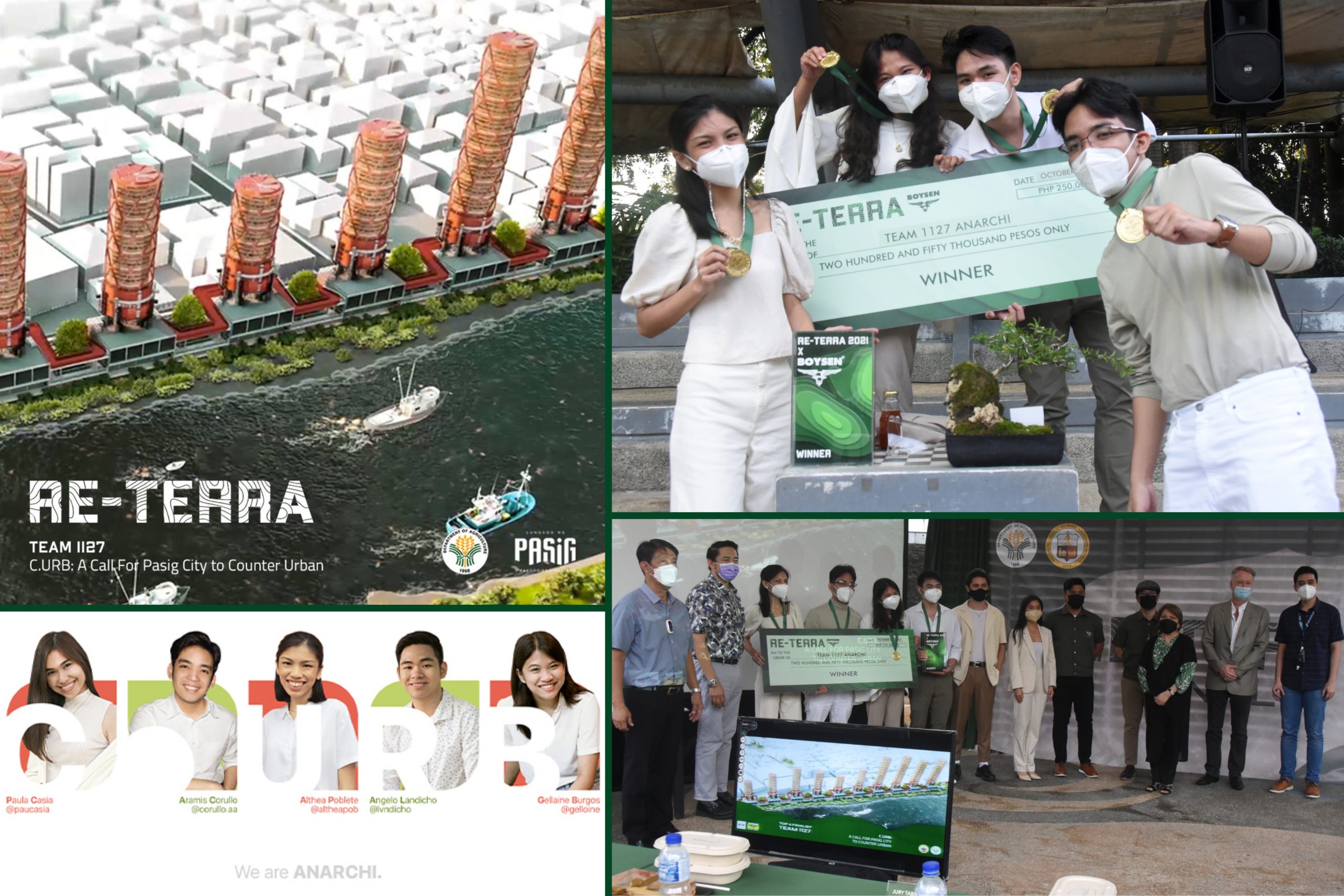
The increasing per capita food consumption due to population growth — exacerbated by the COVID-19 pandemic — has caused the demand for basic food items to continuously rise.
Another challenge faced by food producers is the decreasing hectarage and limited water resources devoted to agriculture. To resolve this quandary, people are now looking at incorporating farming innovations in urban areas to revolutionize the way food is produced.
“Agritecture,” introduced by sustainability strategist Henry Gordon-Smith in 2011, is a concept that integrates the disciplines of agriculture and architecture, to address food security in an urban setting. It uses agriculture to develop resilient food systems making urban farms not only practical, but also well-designed.
In the Philippines, although the concept is still at its infancy, its potential is seen as revolutionary and groundbreaking, especially in safeguarding food supply and ensuring food security.
The Department of Agriculture (DA)—through its flagship “Plant, Plant, Plant” program—introduced urban agriculture as a means to address food availability and accessibility. By incorporating modern farming technologies, it can also help develop resilient food systems that can modernize the country’s agriculture sector and contribute to its growth.
“For several decades, urban agriculture was largely treated as a hobby rather than a measure to help address the problem of food insecurity. But with the dwindling land and water resources, and climate change affecting smallholder farmers and fisherfolk, urban agriculture is becoming a viable option to help secure the food needs, especially in urban communities,” said agriculture secretary William Dar.
“There is a need to promote the proper implementation of urban agriculture in the metro, so that when there is a tightening of food supply from the provinces, there will still be enough food in urban areas. The initial goal is to ensure food security; but eventually, this could also provide a livelihood opportunity,” he added.
The keys to Secretary Dar’s guiding principle in “Agriculture 2.0” transformation are the use of modern technology and agripreneurship. These include the promotion of vertical farming and adopting farming innovations, such as hydroponics, aquaponics, and aeroponics — all to maximize the use of whatever limited space is left to produce food, while achieving productivity and greater efficiency.
“The technology is there; we just need to fit them into our urbanity. We need to merge these farming innovations with how the city breathes,” he said.
To assist in this campaign, the agriculture chief is actively engaging the youth to seek for modern ways to address food insecurity and hunger.
Early in the year, the young and passionate group of RE-TERRA, headed by architect Kathleen Encorporado, teamed up with the DA to conduct a design competition for young architects. The idea is to bring food production into people’s daily lives not only by altering the traditional food systems but allowing the city to achieve food security.
“Design is one thing. Sustainability is just as important. Integrating food production, distribution into the urban landscape must have long-term rewards and economies,” said secretary Dar.
Aside from DA, RE-TERRA also forged a partnership with the Pasig City government to intensify the promotion of urban agriculture in the metro. This is also in harmony with DA’s effort to involve local government units to deal with the food issue, banking on the spirit of devolution and solidarity to scale the vision and programs throughout the country. Secretary Dar pointed out that “in redefining the kind of agriculture that we want to see in Metro Manila, we also need to redefine the kind of leadership and governance at the level of the local government.”
With the DA and the local government of Pasig City backing up the RE-TERRA design competition, it was able to attract young talents showcasing a variety of their innovative ideas on “agritecture” and greening urban spaces.
C.URB appeal
One year after the competition was announced, a group of five young architects from the University of Sto. Tomas emerged as RE-TERRA 2021 winner. The team is composed of Gellaine Marie Burgos, 22; Paula Carmela Casia, 23; Aramis Corullo, 22; Angelo Landicho, 23; and Althea Poblete, 24 — collectively, they are “Team Anarchi”.
Their winning entry, “C.URB: A Call for Pasig City to Counter Urban,” follows a holistic approach in addressing food security not just by providing a solution to the root of the problem, but also tackling other underlying issues such as logistics, the environment, unemployment, and youth awareness.
“As designers and planners, we were forced to be more creative in looking for solutions to this problem. We realized, we could never replicate the provincial feeling of farming but we could come up with something better… something that fits the context of the site. That’s how C.URB came to be, fusing mechanization with agriculture. What we could not do horizontally, we made up vertically. Thankfully, technology has allowed us to grow crops without them being tied to the earth,” explained Gellaine Marie Burgos.
As to the specific farming innovations the group included in their design, Althea Poblete mentioned that their proposal incorporated several urban farming systems including hydroponics (Ebb and Flow Method, Nutrient Film Technique), aeroponics, and aquaponics to suit the various crops that the city demands.
The Ebb and Flow Method—also known as the “flood and drain”—is a form of hydroponics method that involves the periodic flooding and draining of nutrient solutions. Water and nutrients are flooded into the crops and drained back to the reservoir.
Another hydroponic method, the Nutrient Film Technique or NFT, allows the circulation of dissolved nutrients to be re-circulated into the roots of the crops. This is done through watertight channels or tubes to ensure that the nutrient solution flows directly to the roots without wasting any of it.
Aquaponics integrates aquaculture (fish farming) and hydroponics (soilless plant farming) while aeroponics involves growing plants in an air or mist environment without the use of soil. Unlike hydroponics or aquaponics, aeroponics does not use any growing medium.
For his part, DA Assistant Secretary Noel Reyes, who represented Secretary Dar as a member of the five-person RE-TERRA jury, said while ingenuity and value of designs make up for the majority of the criteria, the DA is also looking into the do-ability and replicability of the design.
“For this project to be successful, it has to be replicated in other metro cities as well. We are also looking into the do-ability of the designs. In other words, is the project viable? Does it consider major factors and constraints to implementation?” he pointed out.
Reyes added that with Pasig City serving as the display site for the winning architectural design, the city will serve as a model city for others to follow.
“Pasig is one of the country’s largest and densest cities. And so, to see Pasig City transformed into a green, food-producing metropolis, is the kind of city that we want to see,” he concluded. ### (Rita dela Cruz, DA StratComms)









